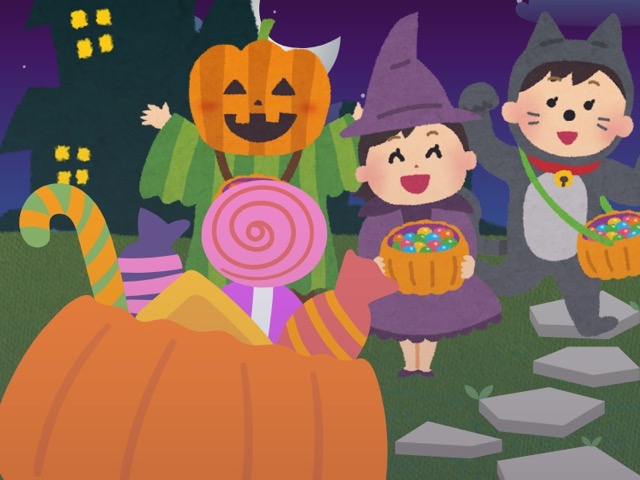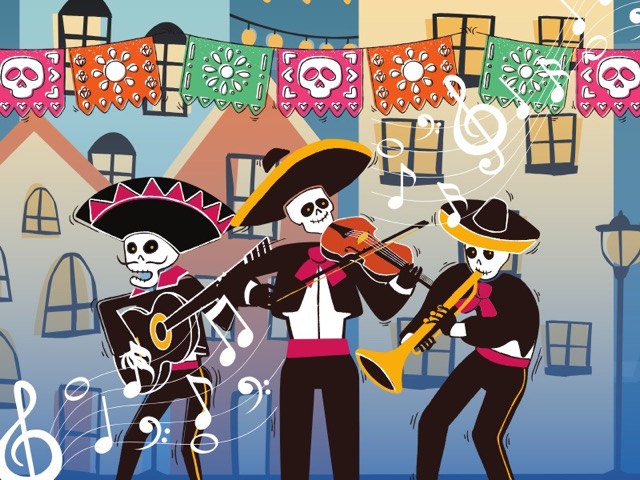Candy is a treat, but are all of its ingredients? Chew on the details of a few confusing compounds in popular Halloween candies, and see for yourself!
Let’s start with chocolate. M&Ms, Hershey, Reese’s Peanut Butter Cups, Kit Kats, and Mars bars, to name a few, all contain something called lecithin. Lecithin, as explained by VeryWellHealth, is a natural fat found in foods like soybeans, egg yolks, and fish. It is used in chocolate to keep crystals or bloom from forming, or ingredients mixed together (as an emulsifier), among other things.
Some of these chocolate bars also contain another emulsifier called PGPR (short for polyglycerol polyricinoleate). According to the Hershey Company, PGPR comes from castor oil, and helps chocolate to flow better. Various studies have concluded that it has no negative health effects.
Apart from chocolate, things get a lot more sour–and I’m not just talking about flavor. Sour candies such as nerds, sour patch kids, starbursts, skittles, and smarties contain artificial colors like red 40, yellow 5, yellow 6, blue 1, and blue 2. Surprisingly, the FDA says that these colors, sometimes known as “coal-tar colors”, are derived from petroleum.
What about the dextrose ingredient in many of the candies mentioned? As the suffix “-ose” suggests, dextrose is a type of sugar. According to WebMD, it comes from corn and is added to food to enhance flavor or shelf-life.
Lastly, a wax called carnauba wax adds polish to candies like M&Ms, Nerds, and Skittles. According to Encyclopedia Britannica, carnauba wax is harvested from the fronds of the carnauba palm plant.
So check on the fine print on the candy wrapper before you open it. You may choose not to partake!

 Celebrating Dia de los Muertos
Celebrating Dia de los Muertos